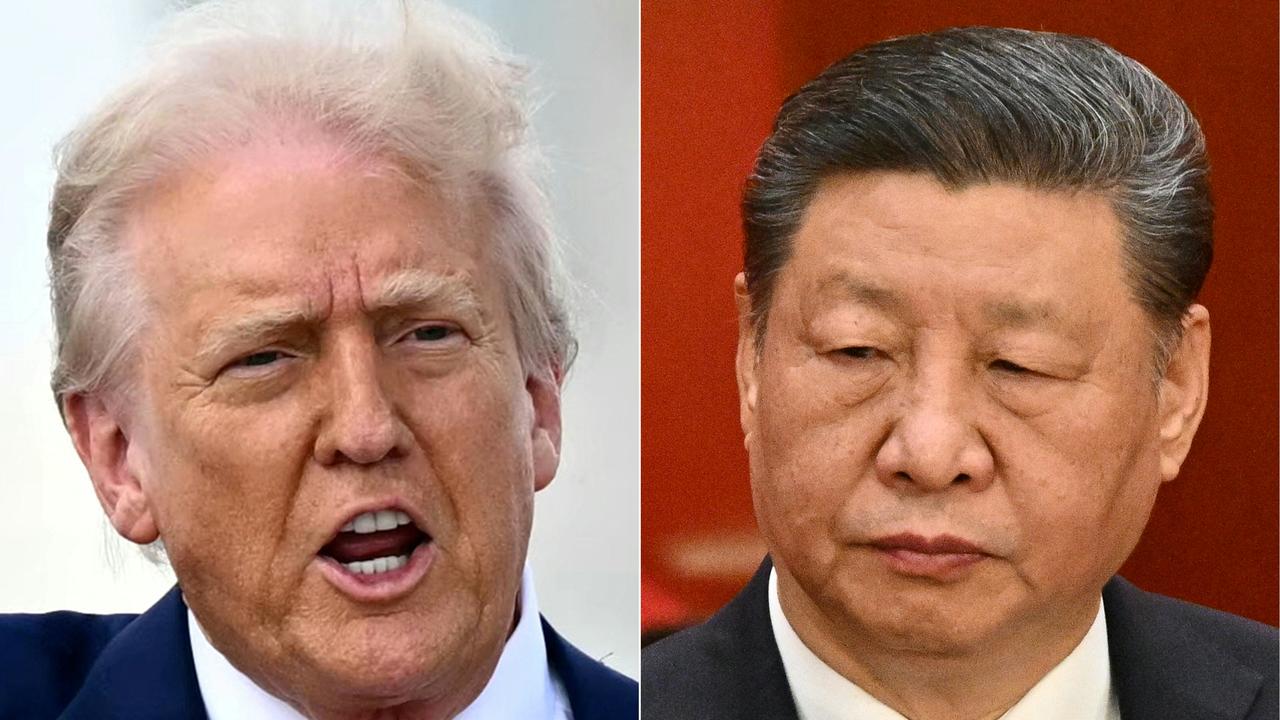
Prime Minister Mark Carney is seeking to make the contest a referendum on who can best stand up to Donald Trump. The result will be seen as an early indicator on how the MAGA revolution in Washington is transforming democratic sentiment abroad.
Canada’s election will come just days before Australians go to the polls, so Trump’s influence on the outcome will be closely watched by both sides of politics back home.
Unveiling the April 28 election date on Sunday local time, Carney said Trump “wants to break us, so America can own us”.
“We are facing the most significant crisis of our lifetimes because of President Trump’s unjustified trade actions and his threats to our sovereignty,” he said. “We can control our destiny. We can have a new Canada – built by us, for us.”
Unlike in Canada, it remains to be seen whether the US President’s decisions will have any major bearing on the key issues facing Australian voters – but this is not outside the realms of possibility, especially if further Australian industries are hit with extra tariffs.
One thing is certain: Anthony Albanese and the Labor Party will have noticed that after replacing Justin Trudeau, Carney has made huge political mileage out of resisting Trump’s agenda. If he wins the election, this may embolden Labor in its own criticism of Trump.
Labor must be mindful of the appreciable differences between Canberra and Ottawa in relation to the “American First” agenda being pursued by the White House. Canada appears to be the US President’s No 1 target – his sweeping tariffs are forecast to cost hundreds of thousands of jobs and could wipe out economic growth in the country for 2025. Australia is merely a sideshow.
The Coalition should also be careful of promising improved trade outcomes with the US. A failure to deliver would become a political embarrassment; pressed on who he wanted to win the Canadian election, Trump told Fox News last week “I’d rather deal with a liberal than a conservative”.
If Carney prevails and delivers a fourth term for the Liberals, this will be seen as a Trump-engineered victory. The US President’s trade war and attacks on Canadian sovereignty have already revived the political fortunes of a Liberal Party that a few months ago was on track for a political wipe-out.
At the end of last year, Conservative leader Pierre Poilievre enjoyed a polling lead of about 45 per cent compared to about 20 per cent for Trudeau. The key issues were the cost of living, inflation and housing affordability.
Since Trump took office, the Liberal Party has used the advantages of incumbency to lead the fightback against the White House, switch to a more appealing leader and tap a new wellspring of nationalist sentiment. It has been a stunning reversal.
Carney’s political inexperience and background as an economic technocrat – governor of the central banks of Canada and England (during the turbulent Brexit years) – may also serve him well in the upcoming race. Both play into the narrative that he is a different political proposition, uniquely placed to lead an economic fightback against a US President intent on fighting a trade war.




It was something no one could have predicted: Canadians are being told their country is on the line in the lead-up to a snap election called for April 28.